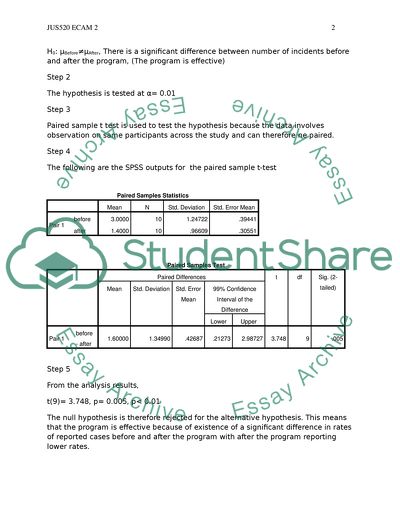Cite this document
(Assessing the Effectiveness of Violence Counseling Programs Statistics Project Example | Topics and Well Written Essays - 1250 words, n.d.)
Assessing the Effectiveness of Violence Counseling Programs Statistics Project Example | Topics and Well Written Essays - 1250 words. https://studentshare.org/statistics/1810323-jus520-exam-2-statistics-spss-anova
Assessing the Effectiveness of Violence Counseling Programs Statistics Project Example | Topics and Well Written Essays - 1250 words. https://studentshare.org/statistics/1810323-jus520-exam-2-statistics-spss-anova
(Assessing the Effectiveness of Violence Counseling Programs Statistics Project Example | Topics and Well Written Essays - 1250 Words)
Assessing the Effectiveness of Violence Counseling Programs Statistics Project Example | Topics and Well Written Essays - 1250 Words. https://studentshare.org/statistics/1810323-jus520-exam-2-statistics-spss-anova.
Assessing the Effectiveness of Violence Counseling Programs Statistics Project Example | Topics and Well Written Essays - 1250 Words. https://studentshare.org/statistics/1810323-jus520-exam-2-statistics-spss-anova.
“Assessing the Effectiveness of Violence Counseling Programs Statistics Project Example | Topics and Well Written Essays - 1250 Words”. https://studentshare.org/statistics/1810323-jus520-exam-2-statistics-spss-anova.


